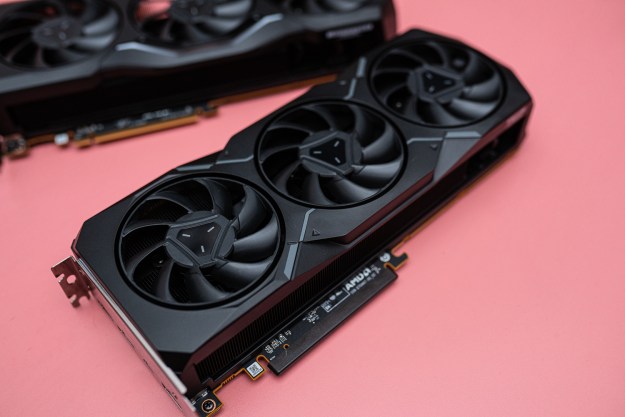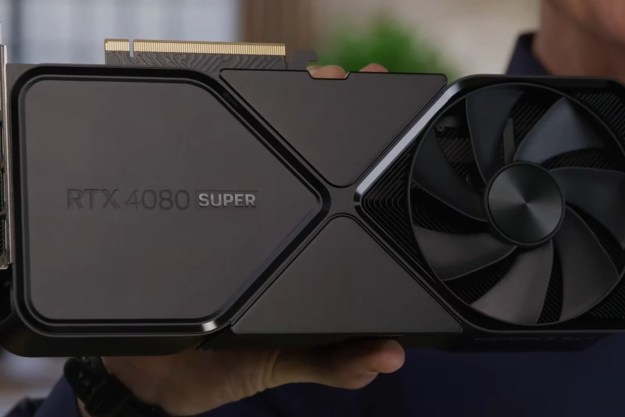
Confirming previous rumors, Nvidia released its RTX 4060 Ti on Tuesday without much fanfare. Most of the best graphics cards release with a bang, but the updated 16GB RTX 4060 Ti released with barely a whimper. Nvidia is putting more weight behind Portal: Prelude RTX, on the same day it’s launching a new graphics card. Weird.
This is the 16GB variant that Nvidia promised when the original 8GB RTX 4060 Ti was released in June, and although it has technically been released, you can’t buy it.
Listings are up at Newegg, but there are only five models available, all of which are out of stock. Gigabyte and MSI each have two models, while Zotac has one, and it doesn’t appear we’ll be seeing more any time soon. Asus has announced one model at $600, but most board partners have, reportedly, been reluctant to put too much weight behind the GPU.
The main reason is the price. The 16GB RTX 4060 Ti is $500, which is $100 more than the 8GB model. That’s a $100 premium for an extra 8GB of VRAM alone. Otherwise, the 16GB variant comes with the same number of CUDA cores and, critically, the same limited memory bus. It’s the same graphics card, just $100 more expensive and with a bump to VRAM.
Between $300 to $500, there haven’t been many next-gen options.
We haven’t had a chance to test this new card — reports suggest Nvidia didn’t spread out review samples — but it’s hard to imagine the price increase is worth it. There are games where the RTX 4060 Ti became so limited by VRAM that it was even outperformed by last-gen’s RTX 3060 Ti. In those titles, the 16GB model will excel, but the raw performance of the card was already disappointing.
The limited availability isn’t surprising, despite what you could infer from rumors. Reports claim that there was “zero” interest in the base model. The 16GB is an even tougher sell at $500. At this price, it’s dangerously close to the excellent RTX 4070, which is somewhere in the range of 30% faster.
Between $300 to $500, there haven’t been a ton of next-gen options for midrange gamers. Nvidia’s RTX 4060 Ti duo is the most controversial, but AMD’s RX 7600 failed to impress despite its bargain bin price. And Nvidia’s $300 RTX 4060, although a decent value, seemed more like a vessel for the company’s Deep Learning Super Sampling 3 (DLSS) than a strong budget-focused GPU.
Limited VRAM in graphics cards has been a major focus in 2023, as games like Resident Evil 4 and The Last of Us Part One challenge the typical capacity we see on midrange GPUs. The 16GB RTX 4060 Ti addresses capacity issues, but it loses the plot when priced at $500. We’d have to test it ourselves to see if it’s worth buying, but from what we know now, it’s probably a GPU to avoid.
Not that it matters much anyway; it doesn’t look like there will be too many 16GB RTX 4060 Ti models floating around.
Editors' Recommendations
- Don’t buy the RTX 3060 in 2024
- You shouldn’t buy these Nvidia GPUs right now
- Nvidia DLSS is amazing, but only if you use it the right way
- Why you shouldn’t buy the best GPU of last year
- Nvidia is the ‘GPU cartel,’ says former AMD Radeon manager





